A basic SEO checklist is a list of tasks that you can use to improve the search engine optimization (SEO) of your website or blog. It typically includes tasks such as keyword research, title tag optimization, meta description optimization, header tag optimization, image optimization, internal linking, and backlink building.
By following an SEO checklist, you can ensure that your website is optimized for search engines and that you are taking the necessary steps to improve your rankings in search results. A good SEO checklist should cover all aspects of SEO, including:
- Technical SEO: This includes tasks such as making sure your website is mobile-friendly, submitting your website to Google Search Console, and fixing any technical errors on your website.
- On-page SEO: This includes tasks such as optimizing your title tags, meta descriptions, and header tags, using relevant keywords throughout your content, and creating internal links.
- Off-page SEO: This includes tasks such as building backlinks to your website, participating in online forums and communities, and guest blogging on other websites.
The Benefits Of Using An SEO Checklist:
Using an SEO checklist can bring several benefits to your website and online presence:
- Improved Search Engine Rankings: By following an SEO checklist, you can optimize your website for search engines, increasing the chances of ranking higher in search results. This can lead to increased visibility and organic traffic.
- Enhanced User Experience: A well-designed SEO checklist includes elements that improve user experience, such as fast page loading times, mobile responsiveness, and easy navigation. This can result in lower bounce rates and increased user engagement.
- Targeted Keyword Optimization: An SEO checklist helps you identify and optimize relevant keywords for your website content. By targeting the right keywords, you can attract more qualified traffic and reach your target audience effectively.
- Improved Website Crawlability: Search engine bots crawl websites to index their content. Following an SEO checklist ensures that your website has proper meta tags, XML sitemaps, and optimized URL structures, making it easier for search engines to crawl and index your pages.
- Better Website Performance: It can help you identify and fix any SEO errors on your website. SEO checklist focuses on optimizing technical aspects, such as improving website speed, fixing broken links, and optimizing images. These optimizations not only benefit search engines but also lead to a better user experience.
- Higher Organic Click-Through Rates (CTR): Implementing recommended practices from an SEO checklist, such as writing compelling meta descriptions and optimizing title tags, can increase the chances of users clicking on your website in search results.
- Greater Brand Visibility: As your website climbs up the search engine rankings, your brand’s visibility and recognition can improve. This can result in more brand exposure, credibility, and potential business opportunities.
Remember, an SEO checklist acts as a roadmap to ensure that you cover important optimization steps, leading to increased visibility, targeted traffic, and improved website performance. If you are serious about improving the SEO of your website or blog, then using an SEO checklist is a great way to get started. There are many different SEO checklists available online, so you can find one that is tailored to your specific needs.
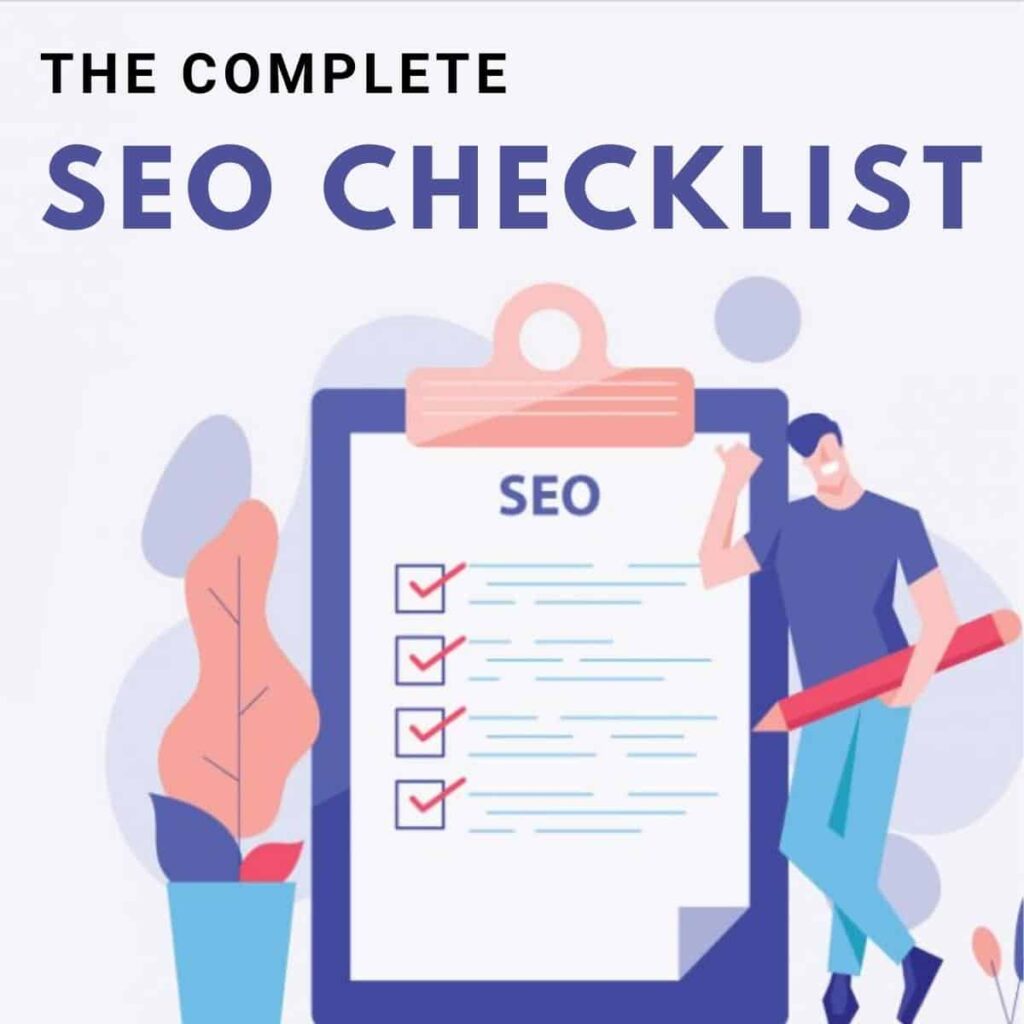
Here are some of the most important tasks that you should include in your SEO checklist:
- Keyword research: This is the process of identifying the right keywords to target in your website or blog content.
- Title tag optimization: The title tag is the text that appears at the top of your browser tab and in search results. It is important to optimize your title tag for the keywords that you are targeting.
- Meta description optimization: The meta description is the short text that appears below your title tag in search results. It is important to optimize your meta description for the keywords that you are targeting.
- Header tag optimization: Header tags are used to structure your website or blog content. They are also important for SEO, so you should optimize your header tags for the keywords that you are targeting.
- Image optimization: Images can be a great way to improve the SEO of your website or blog. However, it is important to optimize your images for SEO by adding alt text and titles.
- Internal linking: Internal linking is the process of linking to other pages on your website or blog. It is important to internal link to your most important pages to improve their SEO.
- Backlink building: Backlinks are linked from other websites to your website. They are a signal to Google that your website is authoritative. Building good backlinks will help to improve your SEO.
By following these tasks, you can improve the SEO of your website or blog and improve your ranking in search results.
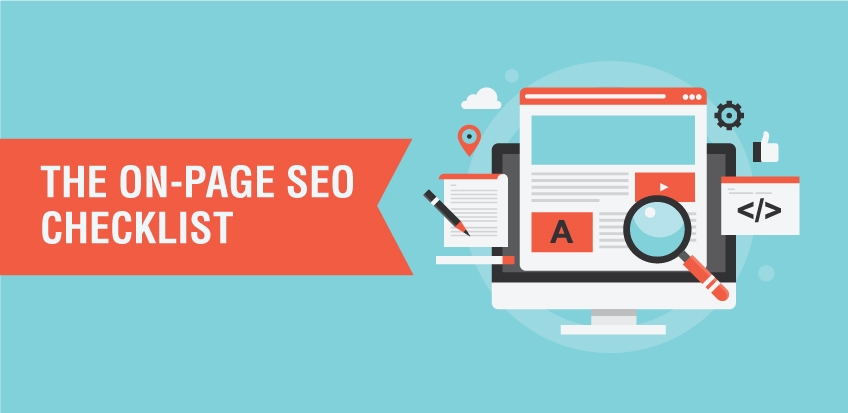
SEO Basics
- Do your keyword research. This will help you identify the keywords that people are searching for that are relevant to your blog content. While keyword research can sometimes be challenging and time-consuming, it is the most important part of SEO optimization. This will help you identify the right keywords to target in your blog posts.
- Use your keywords throughout your blog post. This includes your title tag, meta description, URL slug, header tags, and throughout the body of your content. By doing this you are letting your readers know what your content is about. Keeping it consistent is also a form of “article branding” and makes your content easier to find using search engines.
- Create high-quality content. This means writing content that is informative, well-written, and engaging. High-quality content makes for better user selection. For instance, a post titled “My greatest day ever, How I won the lottery!” will be more likely to get clicked on over a post titled “I had a good day today”.
- Promote your blog posts on social media and other channels. This will help you get more people to see your content and improve your search engine rankings. You can start your promotion among your family and friends. There is a great benefit in making marketing with local SEO practices.
Technical SEO
- Make sure your website is mobile-friendly. More and more people are using their phones and tablets to search the web, so your website must be optimized for mobile devices. Be sure that you optimize your website for conversions.
- Submit your website to Google Search Console. This will allow you to track your website’s performance in Google search results and troubleshoot any problems.
- Fix any technical errors on your website. This includes things like broken links, duplicate content, and errors in your code.
On-Page SEO
- Use relevant keywords in your title tag and meta description. This will help people find your blog posts in search results.
- Structure your blog posts with header tags. This will help search engines understand the content of your blog posts. Using headers are also great for content that includes a table of contents. Your table will allow your readers to click on the header text, which will take them directly to the section of text they are interested in. While you want viewers to read your entire page of information, shortening their reading time may be extremely helpful.
- Use images and videos in your blog posts. This will help make your content more engaging and informative. This process will also help break up your text and make your blog post more visually appealing. Often times people are more intrigued by the media on a page than the page text. Attractive images and videos are also a great way to rank on the first page of search engines. When adding images to your articles and blog posts use your keywords in your alt image tags. Doing this allows search engines to find your images that link to your written text.
- Optimize your images for SEO. This includes adding alt text and title tags to your images.
- Internal link to your other blog posts. This will help improve your website’s navigation and boost your search engine rankings.
- Link to external authoritative sources. This will help build trust with search engines and improve your credibility.
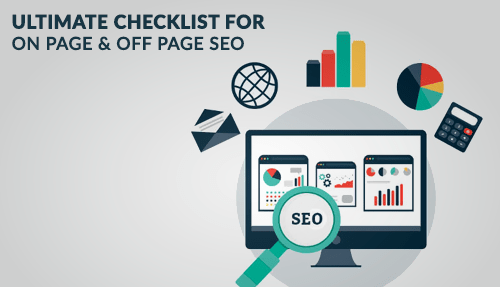
Off-Page SEO
- Get backlinks from other websites. This is one of the most important factors in SEO.
- Participate in social media. This will help you get your blog posts in front of more people.
- Guest blog on other websites. This is a great way to get backlinks and build relationships with other bloggers.
Other Considerations
- Keep your blog posts up-to-date. This will help you keep your search engine rankings high.
- Use a consistent writing style. This will help make your blog posts more readable and engaging.
- Proofread your blog posts before publishing them. This will help you catch any errors in grammar or spelling.
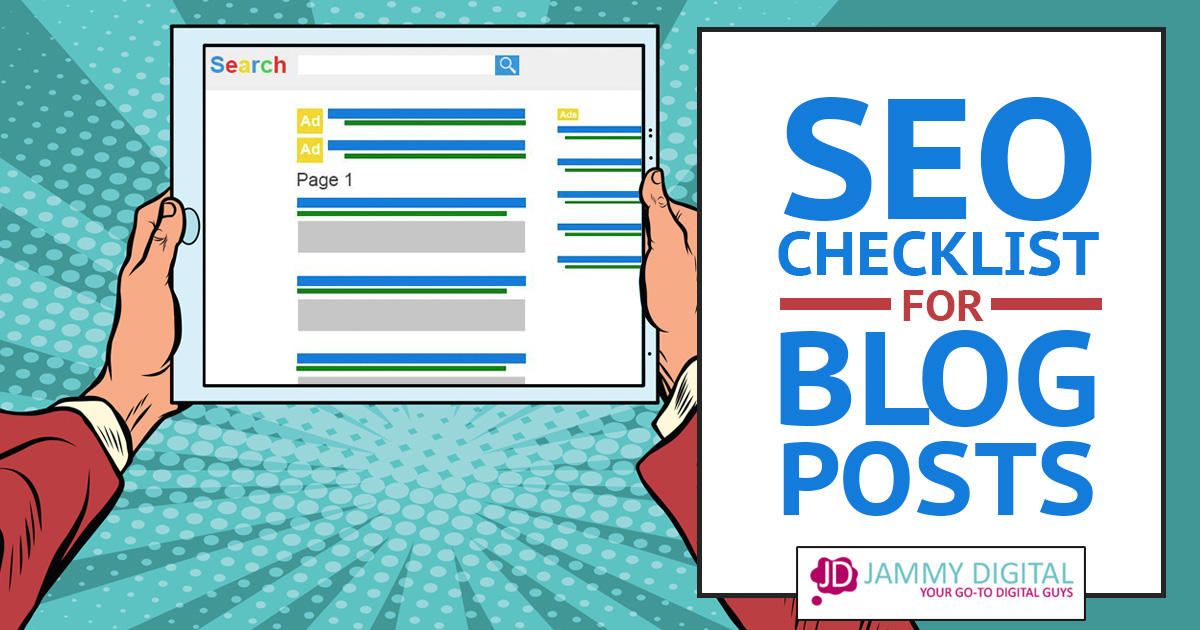
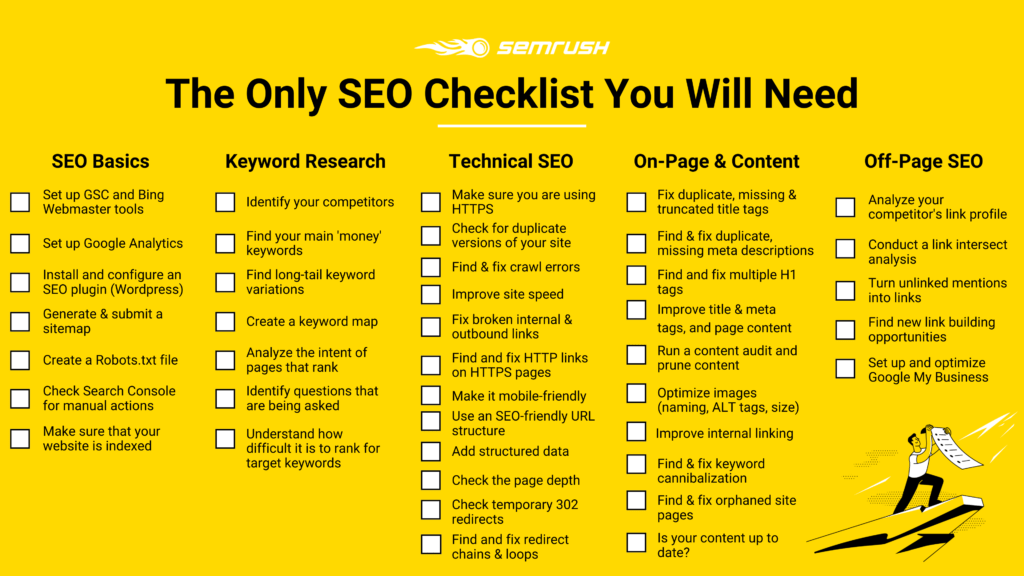
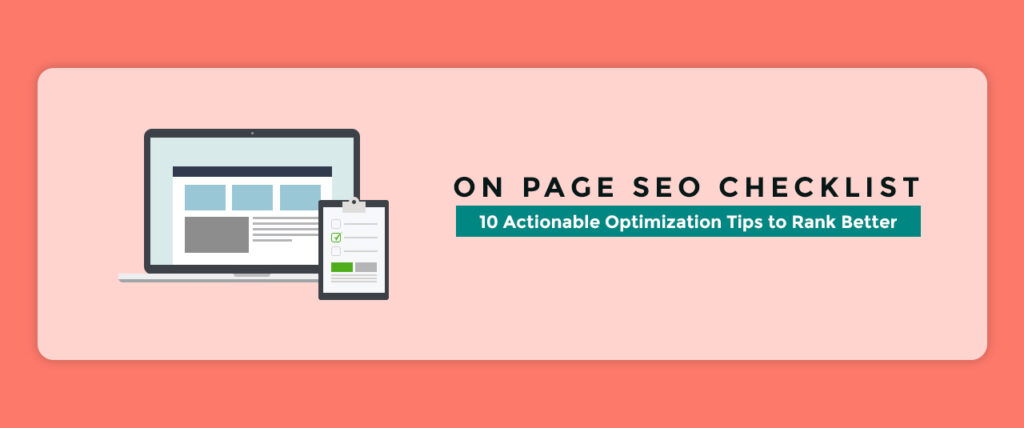
One thought on “How To Create A Basic SEO Checklist For Bloggers”